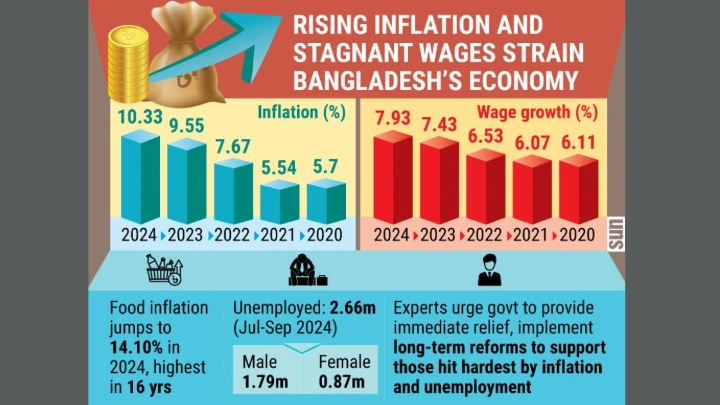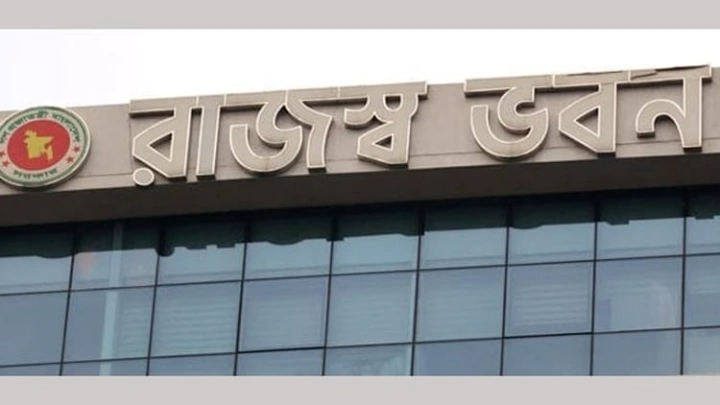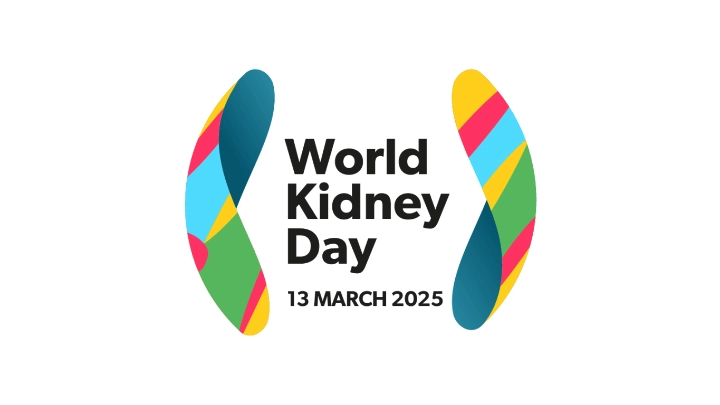Direct routes from Ctg to major ports halve shipment time and cost
Shining BD Desk || Shining BD
It used to be "anxiety time" for businesses and shippers at Chattogram port who had shipments coming in or going out.
In April 2021, over 25,000 imported containers were stuck at transshipment ports in Sri Lanka, Singapore, and Malaysia, holding up or slowing down industries due to raw material shortages.
Exporters were helpless with growing fears of missing shipment deadlines.
The crisis was further complicated by skyrocketing freight costs, while delays disrupted global supply chains.
This scenario, however, may soon become a thing of the past. Turning the crisis into a learning opportunity, the Chittagong Port Authority (CPA) launched direct shipping services with seven out of 15-20 major routes from February 2022 to September 2022 with the help of local and foreign shipping companies.
The direct shipping from the Chattogram port has cut shipment costs and lead times, while increasing the efficiency of the port.

Infograph: TBS
Where previously it took at least 40-45 days to reach destination countries through transshipment ports, it now takes only 15-20 days. Shipment cost has also fallen by 40%, according to insiders.
Importers, too, can expect to get their goods faster.
The first direct shipping started in February 2022 in the Chattogram-Italy route. At present, around 8-10% of products are carried directly to and from Chattogram to ports in Italy, France, Spain, the Netherlands, Turkey, China (Hong Kong) and the United Kingdom.
The CPA, which wants more routes, says direct shipping to Portugal, Slovenia, Thailand and the Middle East will start by 2022, although a timeline is yet to be finalised.
CPA Secretary Md Omar Farooq said India's coastal shipping was going on, while a memorandum of understanding had been signed for cargo transportation to Ranong Port, Thailand.
All government level approvals have been completed and direct shipping is in process on this route as well.
He also said garment exporters are benefiting due to the opening of direct routes to Europe. The lead time was reduced and it was a milestone for the country's economy.
Port users say direct ships to Slovenia will be another milestone because that will make it easier to transport goods to Germany and Portugal.
The Slovenia Port Authority held a meeting with the CPA in this regard on 21 June.
Container services are connected with the Koper port of Slovenia to Austria, Slovakia, Hungary, Poland, Italy, Germany, Croatia, Bosnia and Herzegovina, and Serbia.
If goods are sent from Chattogram port to the Port of Koper, it will be possible to send goods to these countries easily, said the Slovenian delegation.
Direct shipping to this route will also cut shipping time to Europe by 15-20 days.
Leaders of the Bangladesh Garment Manufacturers and Exporters Association (BGMEA) said the market of Bangladeshi clothing in the European market can be increased from 55% to 80% by utilising this shipping route.
Meanwhile, direct shipping is supposed to start with the ports of the United Arab Emirates in November.
BGMEA Vice President Rakibul Alam Chowdhury said apparel exporters were reaping the most benefits of direct shipping to Europe.
The uncertainty of delivery to customers is not there any more, while shipping time can be guaranteed.
He urged those involved, including garments exporters, shipping companies and freight forwarders, to ensure that this continues.
Bangladesh Knitwear Manufacturers and Exporters Association Director Shamsul Azam told The Business Standard that garment exporters to Europe have benefited greatly due to the opening of direct routes from Chattogram port.
"Products are now arriving in half the time and at lower freight cost than before. This is very positive for apparel exporters to Europe."
He also said the US was a market for a large portion of Bangladesh's garment exporters, but there was no direct shipping on this route yet.
Main line operators and shipping companies can check the feasibility of opening a new route from Chattogram to the US via China, he suggested.
Meanwhile, Saif Powertec Limited is launching a new route from Chattogram Port to the ports in the UAE in November. There are three ships on this route.
An agreement in this regard was signed between Safeen Feeder, a subsidiary of the AD Port Group, and Saif Maritime LLC, registered in Dubai, on 25 September.
The current 45 days it takes to get goods from Dubai to Chattogram will then be reduced to 18 days. In addition to time, the cost of each 20-foot container will decrease by $150-200.
Port of possibilities
Businessmen say the Chattogram port will become the business hub of South Asia by connecting more efficient operators and bringing investments in the country.
Currently, ships with a depth of more than 9.5 metres cannot berth at the port. As a result, container transshipment from Chattogram port to Colombo in Sri Lanka, Klang and Tanjung Pelepas ports of Malaysia and the Singapore port are done by feeder vessels.
From there, the goods reach destination countries via a mother vessel to the main ports like Rotterdam, Antwerp and Hamburg in Europe.
The process takes about 40 days.
Similarly, imported goods from different countries of the world are first cleared at the transshipment ports before being brought to Chattogram through a feeder vessel.
The depth of ships transporting goods from Chattogram port to various ports of Europe is below 9.5 metres. Although operators did not operate such ships before, now they have become more willing to do so.
Saif Maritime's Chief Operating Officer Abdullah Zaheer told TBS that around 64 feeder vessels of various shipping lines operate from Chattogram port to transshipment ports.
Chairman of the Bangladesh Shipping Agents Association Syed Mohammad Arif said while Bangladesh was benefitting from directing shipping to various ports in Europe and the UK, lower waiting times also cut uncertainties.
He said at various times there is a long jam at the transshipment port, disrupting supply chains and creating uncertainty in product delivery. Now these were disappearing as new routes had been launched.
However, Main Line Operators (MLOs) should initiate more new launches, he suggested.
According to shipping industry officials, 40% of Bangladesh's import and export goods are transported from Chattogram to Colombo port. The remaining 60% goes through Singapore, Malaysia's Port Klang and Tanjung Pelepas.
According to the BGMEA, garments account for 51% of exports to Europe, 25% to the USA, 20% to Asia, 4% to Canada.
The Chattogram Port handles 92% of the country's import-export trade alongside 98% of container shipments.
Of the total exports, about 82% are apparel products.
A new beginning
Once plagued by port congestion, Chattogram port's operations have become much smoother due to the initiatives by private operators and port authorities.
In 2014-15 FY, a vessel had to spend 3.45 days in the outer anchorage and berth.
The waiting time at the outer anchorage has also decreased, 60-65% of vessels were able to berth on arrival and the rest of the vessels were able to berth within a day in the last six months.
Secretary of CPA Md Omar Farooq said, "Now 60-65% have been berthed on arrival and the rest have been berthed within 24 hours in the last six months."
The Chattogram port has experienced significant growth in the past decade, handling 32 million TEUs in 2021.
The addition of a number of equipment, including four quay gantry cranes, to the existing ones has enhanced the port's efficiency in handling containers, significantly reducing ship waiting and berthing times.
According to port data, 16 machines were added to the port in the three months beginning in May this year for container handling, which include four quay gantry cranes, six rubber-tyred gantry cranes, two mobile cranes with 100-tonne capacity, two mobile cranes with 50-tonne capacity, and two container movers.
Another 19 pieces of equipment are set to arrive by December this year.
Quay gantry cranes are the main equipment for loading and unloading containers to and from ships. With the addition of four new ones, the port now has 18 quay gantry cranes. And the number of rubber-tyred gantry cranes is 49.
The port also has three terminals for cargo handling – General Cargo Berth (GCB), Chattogram Container Terminal (CCT), and New Mooring Container Terminal (NCT). The three terminals have 19 jetties, of which 13 are container jetties and six are for general cargo.
The NCT and CCT of Chattogram port are jointly managed by the private terminal operator Saif Powertec. These two terminals handle container ships while the GCB deals with container and bulk carrier ships. There are 12 berth operators operating this terminal.
In 2021, Chattogram port handled 32.55 lakh TEU containers. Out of this, Saif Powertec has handled 59% containers singlehandedly.
Vice President of Bangladesh Freight Forwarders Association Khairul Alam Sujon said local companies are proving their skills in managing the operational activities of the Chattogram port and collecting revenue.
Businessmen say the Chattogram port will become the business hub of South Asia by connecting more efficient operators and investments in the country.
-TBS
Shining BD























